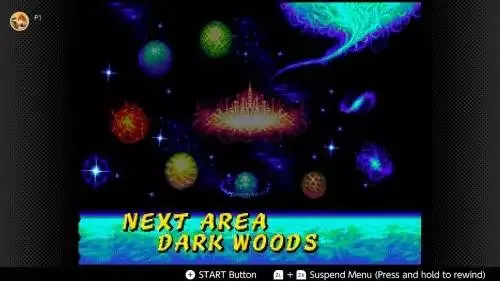Ristar is commemorating its 30th anniversary today, February 16, 2025. Below, we make the argument that even though Sonic emerged as a breakout star, Ristar truly deserved to represent Sega.
It’s fair to say that Mario will likely always reign as perhaps the most legendary video game mascot of all time, yet Sonic the Hedgehog certainly gave him a run for his money back in the ’90s. The charming attitude and rapid speed of the Blue Blur transformed him into a prominent cultural icon during the era of the Original Nintendo and Sega Genesis, and one could argue that his signature speed essentially defined the identity of that Sega console in the average gamer’s perception. That said, Genesis enthusiasts are well aware that Sonic isn’t even the sole platform star on his own console. The honor belongs to Ristar, whom Sonic unjustly overshadowed about 30 years ago in order to continue producing subpar spin-offs lacking in depth or new features.
Sure, that might be a bit harsh on Sonic—it’s not really his fault that Sega has stumbled with his games since around the dawn of the millennium, except for a few notable exceptions. But while Sonic’s signature speed and vibrant pastel visuals never quite transitioned to 3D effectively, mechanics-focused indie platformers such as Ristar have continued to find a fanbase, from the gravity-flipping challenge of VVVVVV to the no-jump gimmick of Yellow Taxi Goes Vroom. In this regard, Ristar was a shining star before his time, and it’s unfortunate that Sega failed to recognize that.
If you’re not acquainted, Ristar is a brief but delightful platforming classic launched by Sega during the twilight of the Genesis era in 1995. You control the adorable mascot’s stretchy arms to capture foes, climb ladders, swing between bars, and propel yourself through its numerous vibrant worlds. The game features a variety of imaginative boss battles that conclude with a climactic encounter against the cloaked Kaiser Greedy, who has abducted Ristar’s father and holds him captive.
One would think that a first-rate Sega title of this caliber would at least warrant a sequel, and that observation gets to the crux of Ristar’s biggest challenge: timing. When Sega instructed its team to create a Mario-rivaling mascot, Sonic triumphed, but there remained a plethora of ideas left behind in the brainstorming process. One of these was “Feel the Rabbit,” a precursor to Sonic that transformed into an amusing caricature which ultimately became Ristar. By the time the game finally released, the spotlight had shifted to the cutting-edge Sega Saturn, leaving our nimble star friend stranded.
When I reflect on classic games like the original Sonic the Hedgehog trilogy alongside Ristar, I find it enlightening to examine the gameplay “verbs” available to the player. Essentially, what actions can you actually perform within the game? It’s easy to enjoy the style and flow of the original Sonic trilogy, but in terms of verb count, they are markedly underwhelming: every button is jump, and the roll is fun, but not particularly useful. This accounts for a significant part of why Sonic had difficulty transitioning into 3D: aside from running and jumping, you don’t engage in much else in his games.
In contrast, Ristar heavily utilizes its unique mechanic manifested in the ability to grab, but the game maximizes this creatively. You can extend these stretchy arms in eight directions, which enhances combat and increases the diversity of enemies. One of your character’s delightful moves is the ability to climb any wall vertically with precise timing, which can be challenging to master but immensely rewarding when executed correctly. It also features another memorable mechanic involving gleaming poles that you swing around to build momentum, then launch off in your desired direction. Ristar is invincible during the initial burst of speed but becomes vulnerable when he decelerates, so you must time your actions wisely to avoid unnecessary damage.
Both Sonic and Ristar boast clever level designs, yet I…

